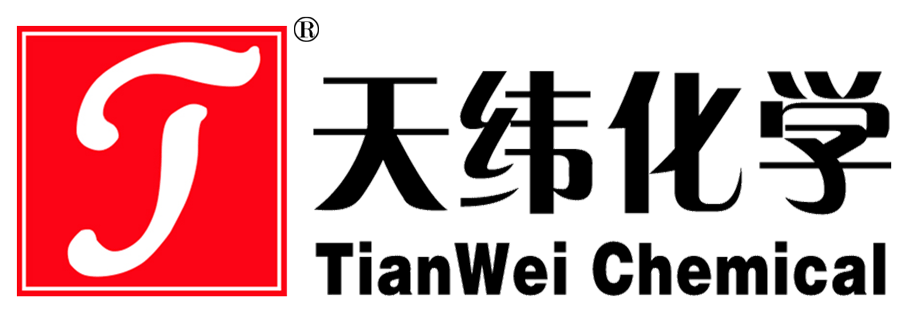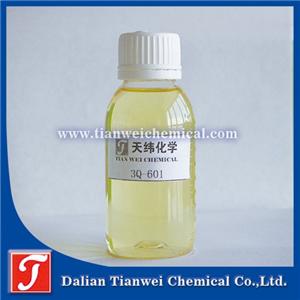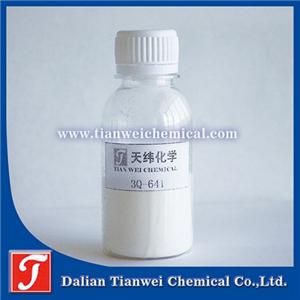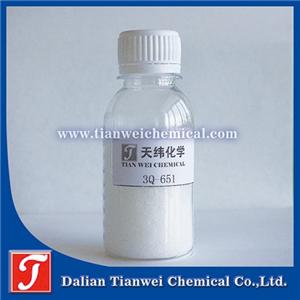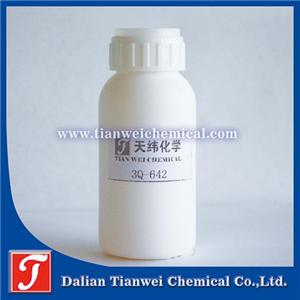-
The advantages of adding methylchloroisothiazolinone to shampoo
The advantages of adding methylchloroisothiazolinone (CMIT) to shampoo mainly lie in its preservative and antibacterial properties, but it needs to be carefully evaluated in combination with its potential risks. The following is the specific analysis:
03-07-2025 -
Solutions for adding anti-mold and antibacterial agents in wallpaper production
In the production of wallpaper, adding anti-mold and antibacterial agents can start from aspects such as choosing the appropriate type of antibacterial agent, optimizing the addition process, and combining with other anti-mold measures. The following are specific solutions:
02-07-2025 -
How to apply UV antibacterial coating to hospital wall panels
The production of UV antibacterial coating for hospital wall panels needs to be combined with the material properties, process flow and medical environment requirements to ensure the dual guarantee of antibacterial performance and construction quality. The following are the specific operation steps and key points:
01-07-2025 -
Antibacterial and antifungal agent for EPDM materials, grade 0 antifungal
Antibacterial and antifungal agents mainly function through the following ways: Destroying cell membranes: By interfering with the cell membrane structure of microorganisms, it leads to their death. Inhibit enzyme activity: Block the key enzymes required for microbial metabolism and inhibit their growth. Inhibit spore germination: Prevent mold spores from germinating and reproducing on the material surface. 2. Common types of antibacterial and antifungal agents
27-06-2025 -
Introduction and Application Directions of Antibacterial Agents for pet
Antibacterial agents for PET are mainly classified into inorganic antibacterial agents, organic antibacterial agents and compound antibacterial agents. They are widely used in fields such as food packaging, pharmaceutical packaging, textiles, building materials and medical devices.
13-06-2025 -
Classification and application of antibacterial agents for inorganic coatings
Antibacterial agents for inorganic coatings are a type of additive that achieves antibacterial functions through inorganic components. They have the advantages of high safety, good heat resistance, and long-lasting antibacterial properties, and are widely used in fields such as construction, medical care, and home appliances. The following is a detailed introduction from aspects such as classification, antibacterial mechanism, and application scenarios:
11-06-2025 -
The function of adding antibacterial and antifungal agents to floor moisture-proof pads
Fourth, enhance the added value and market competitiveness of products Meeting consumer demands: As consumers' attention to health and quality of life continues to increase, floor moisture-proof MATS with antibacterial and anti-mold functions are more popular in the market.
29-05-2025 -
UV floor paint antibacterial agent provides long-lasting antibacterial protection for the floor
In UV floor paint,the selection of antibacterial agents is of vital importance. The following are some recommended types of antibacterial agents and their characteristics:
26-05-2025 -
The demand for high-end villa basement scene dry powder anti-mold agent for putty
The dry powder anti-mold agent for putty has the characteristics of broad-spectrum antibacterial, long-lasting anti-mold, safety and environmental protection. The following is a detailed analysis: The antibacterial spectrum is broad: The dry powder anti-mold agent for putty has a special effect on various molds, bacteria and yeasts, such as Aspergillus Niger, Aspergillus flavus, Aspergillus discolorius, Trichoderma, Mucor, Trichoderma pellicum
21-05-2025 -
The advantages of zinc ion antibacterial agents for plastic cutting boards
Low toxicity: Zinc is an essential trace element for the human body (the recommended daily intake is about 8-11 mg). A small amount of migration is usually harmless, and its safety is higher than that of silver ions (which may accumulate) or organic antibacterial agents (such as triclosan). Food-grade certification: Complies with the standards of food contact materials in various countries (such as FDA, EU 10/2011, and Chinese GB 4806), and is suitable for long-term use.
20-05-2025
